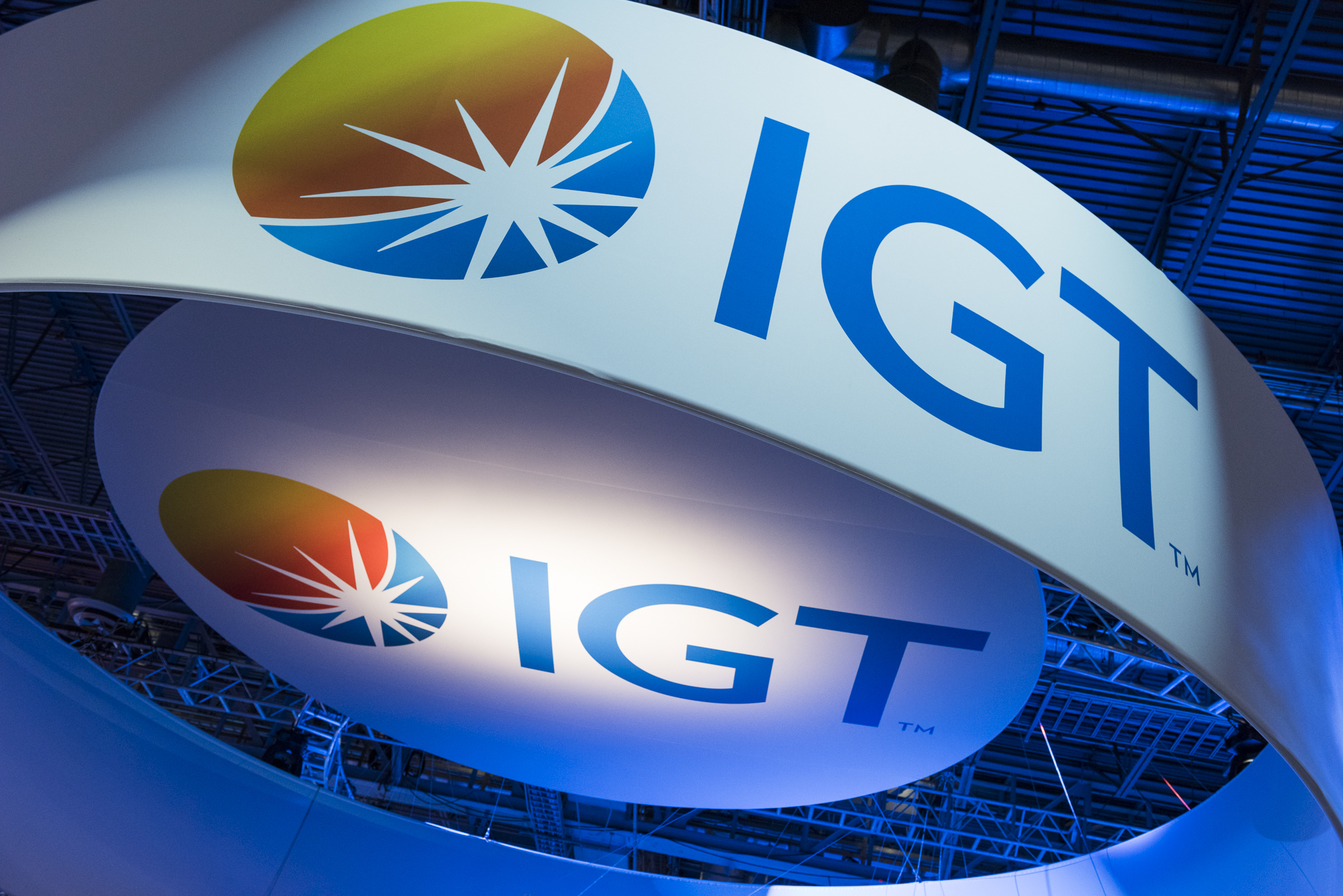
How Millennials Are Transforming Branding
September 21, 2016
Traditional Branding On The Cusp of Disruption
Several studies reveal that traditional marketing and branding disciplines are losing their impact when it comes to serving millennials. Credibility and differentiation are no longer earned simply through what we say. Instead, they’re established by what we do and what others say about us.
How Millennials Decide
Millennials make purchase decisions in a manner uniquely theirs:
They learn as much as they can
They share with their trusted network to gather a consensus of opinion
They strive to forge a two way relationship
They demand discussion and responsiveness
They’re drawn to the authentic – those who do what they say and are true to what they promise
They’re motivated by customized “deals”
“Value” is the prime driver
The Role of Brand is Different for Millennials
The role of brand is about shaping a narrative that defines who you are in a potential relationship:
What you believe
Why you exist
What you do to deliver on this reason for being
How you do it
Personality is more critical than ever:
Personifies the brand
Humanizes the relationship
Shapes communication style – verbal and visual
Guides behavior – relating, teaching, solving, delivering
Selling is bad. Sharing and teaching are good.
Millennials seek to be better equipped to make the decision themselves. They don’t want others making the decision for them and telling them what to do.
Branding is necessary, but no longer sufficient
Millennials need to be engaged as they live. Interrupting them and forcing them to listen to you turns them off. This is one of the major reasons so many are turning away from cable to streaming content. Advertising as we know it is no longer the most effective engagement mechanism.
The new challenge is capturing their attention in the context of how they live. Giving them the information they need to teach themselves and allowing them the freedom to engage with you as they prefer through the channels they choose to use.
If you’re successful in engaging them, they will demand an active dialogue. They will expect you to shape your offer for them based upon what you’re learning in that process.
They will share intensely. If they see you as right for them, all of their friends will know about you and will be encouraged to give you a try. If, however, you turn them off, then rest assured that all in their network will know about it.
Relevance continues to be an important driver. But the definition of relevance is expanded to include both what you offer and who you are in the context of a potential relationship.
Authenticity makes or breaks a relationship. “Are you true to who you say you are?” Is the core question millennials constantly ask. This is the foundation of the new trust.
Responsiveness is also key. Do you hear me and are you willing to show me how much you’re prepared to shape your offer for me based upon what you know about me?
In Conclusion
Branding, engagement and delivery are all one in the same for millennials. They want to form a relationship with an authentic source of value who will commit to being true to their word in promise and deed, engage with them in an active dialogue, shape their offer to meet their desires, deliver in all the ways promised and reward them for their loyalty to you.
Posted under: Branding Strategy, Changes in branding, Demand Driving Strategy, Marketing Strategy, Success Driving Briefs

How Branding Strategy Goes Wrong
June 2, 2014
I spent yesterday in an all day session kicking off a new partnership between two premier firms. Our mission was to begin the process of positioning and marketing a new product offering that will be the basis for the partnership.
Lots of branding strategy and design work had been accomplished in the past year by one of the partners as a prelude to finding the right strategic partner. We spent the morning reviewing that work to determine our go forward plan.
This review was quite enlightening. The new brand has the potential to be quite distinctive in the market – in spite of the strategy it was designed to fulfill. Fortunately, the business users leveraged the inspirational quality of the new brand identity to forge delivery strategies that have the potential to ladder up to a compelling overall brand strategy. But, the strategic platform that led to the actual creation of the brand revealed what can happen when so called branding experts build strategies that are disconnected from the reality of business.
Yesterday’s session highlighted three common flaws I regularly see in branding strategies that are not fit for purpose.
1. Designed for a moment in time
All too often, branding strategies are developed against a state of the moment understanding of the business. Positioning plans are developed relative to a real time assessment of competitor strengths and weaknesses and market psychology. Decisions are made. Stakes set in the ground. And then … everything changes, and the strategy is no longer relevant.
True experts in branding must understand the flow of the business, psychology and market dynamics. Strategies must be designed to anticipate transformation through new entrants, new technologies or competitor turnarounds. That’s hard.
Scenario planning makes it easier. By charting possible scenarios and building a strategy that embraces the broadest range you can make sure your brand strategy is future proof. Re-assessing on an annual basis and morphing as needed adds additional protection.
Alternatively, you can forgo “strategy” in favor of what my friend Jim Little and I have coined, “tactical opportunism.” In this case, you build your branding platform to capitalize on in the moment advantages and then constantly morph the platform to maintain advantage as customer psychology and market dynamics continue to evolve. This form of “branding chess” requires true market understanding and nimble response, but it is often the best tactic to stay ahead in fast changing, quickly transforming markets.
2. Misguided pursuit of emotion
We’ve all read the articles and listened to the gurus – effective brands must forge emotional connections in order to thrive.
While this is surely true, our problem lies in how so brand practitioners believe that emotional connections are forged. Unfortunately, conventional wisdom defaults to a fallacy where emotional connections are the Holy Grail and rational connections are simply category antes.
This widely held fallacy ignores customer psychology and disregards the new engagement process that shapes consumer, b2b and b2b2c markets today.
Powerful relationships are built on the emotional connections that are forged through the process of fulfilling rational needs.
Today’s engagement process has become highly rational. No matter whether we’re purchasing a car or a cloud computing solution, we do our homework, listen to the experts, evaluate, test and hone our understanding as we move closer to a solution. As our rational thresholds are satisfied, emotional attractions begin to form. In the process, we finalize our decisions based upon what we believe the offer will do for us, fit into our life and make us feel. Rational and emotional drivers are inextricably linked with rational drivers serving as the gateway.
You can’t build sustained emotional connections without satisfying rational thresholds. No matter how good the product makes me feel, I’ll never love it if it doesn’t work for me.
3. Disconnected from business and marketing
Again, all too often, what is passed off as brand strategy ignores the obligation that effective strategies have to fuel marketing and CRM. The brand is presented in isolation with the expectation that others will pick-up the baton and develop the required marketing and customer experience plans.
Sometimes this works out, as was the case yesterday. Unfortunately, more often than not, it results in diluted effectiveness and lost opportunity.
My experience since founding Catalyst has taught me that branding, marketing and customer experience must be inextricably linked in order to drive business success.
Branding strategy must fuel engagement and define the imperatives to be delivered throughout the customer experience. It must highlight touch points and content to be leveraged in the process of managing to purchase and it must define standards for behavior and interaction that help manage from purchase to advocacy.
True experts understand that branding, marketing and customer experience are all linked. When they are, effective strategy can actually drive demand and influence success.
Posted under: Branding Strategy, Demand Driving Strategy, Success Driving Briefs

Measuring Marketing’s Effectiveness At Driving Demand
November 18, 2013
Recently one of my favorite clients asked me a very simple question. Did I have an example of a good brand dashboard?
The answer was no. After all the years and all the work, I had yet to come across any brand dashboard that I thought was worthy of sharing with her. So I went to work to answer her question.
I’ve long been interested in the notion of measuring marketing effectiveness. But, most measurement approaches seemed quite theoretical and disconnected from the normal flow of marketing activity. Then I had the chance to work with good friends at Adobe to integrate their recently acquired Omniture analytics business with their leading marketing and creative suites and for the first time I could see a clear pathway to practical value.
The needs we uncovered then very much apply today. Marketers are looking for tools to help measure the effectiveness of the plans they’ve put in place and importantly, give them insight as to how they can make those plans more effective.
In my quest to identify best practices, I uncovered a plethora of approaches used to varying degrees of satisfaction. What I thought would be relatively easy to identify – the best way in the eyes of most – was not easy at all. I learned much, but found little clear consensus
The most pervasive measurement approach in use is Net Promoter Score. NPS was developed by Bain and Satmetrix to measure customer loyalty and the likelihood of recommending a company or product. Tom Buiel from WindForce captures the reason why NPS is so attractive. “I chose NPS because it has all the elements of what marketing is all about – a methodology for finding new customers (through referrals) retaining customers (through closed loop feedback systems) and growing value by listening to what they are saying.”
But used widely as it is, NPS is not the Holy Grail. Many are employing other measurement tools. Some firms have looked to the specialists in Brand Valuation – Interbrand, Brand Z, Brand Finance and Brand Asset Valuator to develop dashboards based upon so called drivers of brand strength. Of these, the most common measurements include:
- Authenticity – degree to which the organization remains true to its values and reason for being
- Credibility – behaves in a trustworthy fashion and demonstrates appropriate expertise
- Relevance – products and services right for needs
- Differentiation – degree the brand stands apart from competitors
- Presence – availability of touchpoints to provide information and support needed to answer questions, solve problems and make better decisions
A few marketers have sought to unpack NPS to understand the factors contributing to their score. A previous client determined that NPS for them is driven by three factors – brand relevance, authenticity and understanding. They measure these and provide quarterly data for each dimension in addition to their overall NPS score.
Some of the more progressive firms are starting to build their brand dashboards around the drivers of demand in their business. Obviously, each business has a unique set of specific drivers, but interestingly some work that I’ve done recently determined that most drivers fall into four broad categories:
- Trust – I can count on you to behave in a manner that is consistent and reflects the best interests of our relationship
- Expertise – you demonstrate skill in the competences important for our relationship
- Understanding – you demonstrate that you get me and my needs
- Empowerment – I believe that through our relationship my needs will be satisfied and I can achieve my objectives
Lastly, many are still measuring traditional brand dimensions, such as:
- Awareness – I know you exist
- Recall – I’ve seen your ads and I remember them
- Engagement – what you offer is attractive to me
- Fulfillment – you deliver what you promise
- Loyalty – I’m sticking with you
- Advocacy – I’m telling all my friends and neighbors about you
These approaches in their own right are leading to some modicum of success. But, with the exception of a few dedicated NPS loyalists, most of the people I spoke with are still looking for a better way.
There is no question that tools for measuring marketing effectiveness are needed, for in the words of many, “If you can’t measure it, you can’t control it. If you can’t control it, there’s no way you can be confident that it is being well managed. Without confidence, you’re better off not even touching it.”
From my conversations, that better way should:
Connect marketing with the drivers of the business to be sure that marketing is in fact driving demand and influencing sales. This means understanding drivers of demand and measuring the degree to which marketing is influencing them. Toward that end, some have suggested that the most important measurement should be the amount of sales directly attributable to marketing.
Measure both process and outcome. Process measurement has become quite sophisticated with new cloud tools like Google Analytics and specialized resources such as Marketo. But as important as it is to measure process effectiveness, without a clear sense of the outcome being produced, you have no clue as to whether you are moving the business forward or not.
The better way also needs to heed two important cautions I heard often in my conversations.
In the process of measuring don’t lose contact with the customer. The power of the new tools for capturing and analyzing data does not mitigate the need for listening to the actual voice of the customer.
Be careful not to overvalue what you can measure and undervalue what you can’t. This wise thought came from John Hayes who has served as CMO for American Express for 18 years. Quite a tenure, especially when you think of the fact that the average life of a CMO today is 18 to 24 months. Even though it is becoming more scientific everyday, marketing remains an art form. There is still room for intuition in creating and executing strategies.
That being said, I believe that the better way is to construct a dashboard that uses a combination of measurement data points to capture a true sense of how marketing is driving demand by attracting, engaging, converting and securing customers for the business. Pulling all my learning together, my ideal dashboard would include:
1. Our share of mind
- Awareness
- Relevance
- Differentiation
2. The strength of our customer relationships
- Engagement
- Preference
- Churn
- Loyalty
- Advocacy
3. The effectiveness of our Touchpoints
- Visibility and impact of each touchpoint
- Ease of access and helpfulness of each touchpoint
- Effectiveness of integrated touchpoints, measured by campaign
4. The business and financial impact of our marketing
- Market share
- Margin
- Customer profitability by segment
- Cost of acquisition
- Cost of retention relative to the cost of churn
- Sales attributable to marketing
So there you have my thoughts. Please share yours.
Posted under: Branding Strategy, Demand Driving Strategy, Success Driving Briefs

Toward a better brief
October 25, 2012
Over the years, I’ve worked with many different types of briefs. Some long and complex, some short and simple and one considered so proprietary that we had to sign an NDA just to see it.
Along the way, I’ve never found one that really did the trick. Most led constructively to good communications, but few led to any real business driving impact.
I’ve been on the hunt for a framework that could help me to simply and effectively capture the essence of a demand driving strategy so that both my client and their agency partners could come away with the clarity needed to produce and implement great work. Last week, while collaborating with one of my favorite clients and their very talented agency, we lit on a brief that may actually be up to the challenge.
Together, we were wrestling with how to help one of our client’s lagging business units build the awareness and engagement needed to fuel new growth. Discussions with unit leaders had bogged down in functional attributes and frustration stemming from a lack of any meaningful momentum. To shift the discussion and get us back on track, we built a simple one pager that captured our views as to the real opportunities for distinction and demand management. We asked and answered the following key questions:
What is the best way to drive new growth in our business? We started with a question that most briefs fail to ask – where will growth come from? We looked hard at whether our challenge was stimulating demand by securitizing and growing existing relationships, generating new interests with new prospects or markets, justifying and sustaining a premium price or some combination of the three.
What is the psychology of our target market? Once we zeroed in on the demand management task at hand, we examined the needs and wants of the targets for our growth strategy. We were careful to understand the wants, or cravings, that could spike immediate term engagement. We also examined the needs that establish the underlying expectations in the market and could, if satisfied, provide the basis for sustained engagement.
What is the fit between market psychology and our skills? We then carefully assessed our client’s skills relative to the market psychology in order to highlight areas where they were capable of delivering highly relevant, distinctive value. We were also careful to assess the areas where we were relatively weak and therefore vulnerable to competitive positioning.
What is our value proposition for these targets? Our assessment of fit provided the basis for framing our initial value proposition and contributed to building a messaging matrix where we defined an array of benefits and support intended to drive engagement with those targets who will best fulfill our growth agenda.
What must we do to ensure the delivery of this value? This last critical step involved examining the current customer experience delivered to our priority targets to determine the frustration points that must be minimized in order to eliminate friction, as well as the hero moments we could leverage to further reinforce and distinguish our unique value.
This one pager got everyone unstuck and helped to focus the team collectively on charting a path toward marketplace distinction. It also helped to engage the business unit leaders who held that brand was not critical to the fulfillment of their business objectives. In short, it did the trick for the moment and helped get everyone focused on future potential.
I think this model has some promise for my work in the near future. I’ll hone it with new learning and work with it until I find something even better. But for now, I think it’s promising enough to share. Let me know what you think.
Posted under: Branding Strategy, Demand Driving Strategy, Success Driving Briefs







